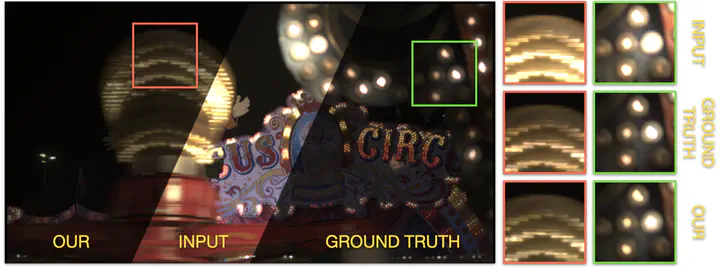Self-supervised High Dynamic Range Imaging: What Can Be Learned from a Single 8-bit Video?

Abstract
Recently, Deep Learning-based methods for inverse tone mapping standard dynamic range (SDR) images to obtain high dynamic range (HDR) images have become very popular. These methods manage to fill over-exposed areas convincingly both in terms of details and dynamic range. To be effective, deep learning-based methods need to learn from large datasets and transfer this knowledge to the network weights. In this work, we tackle this problem from a completely different perspective. What can we learn from a single SDR 8-bit video? With the presented self-supervised approach, we show that, in many cases, a single SDR video is sufficient to generate an HDR video of the same quality or better than other state-of-the-art methods.